Last Updated on December 12, 2023 by teamobn
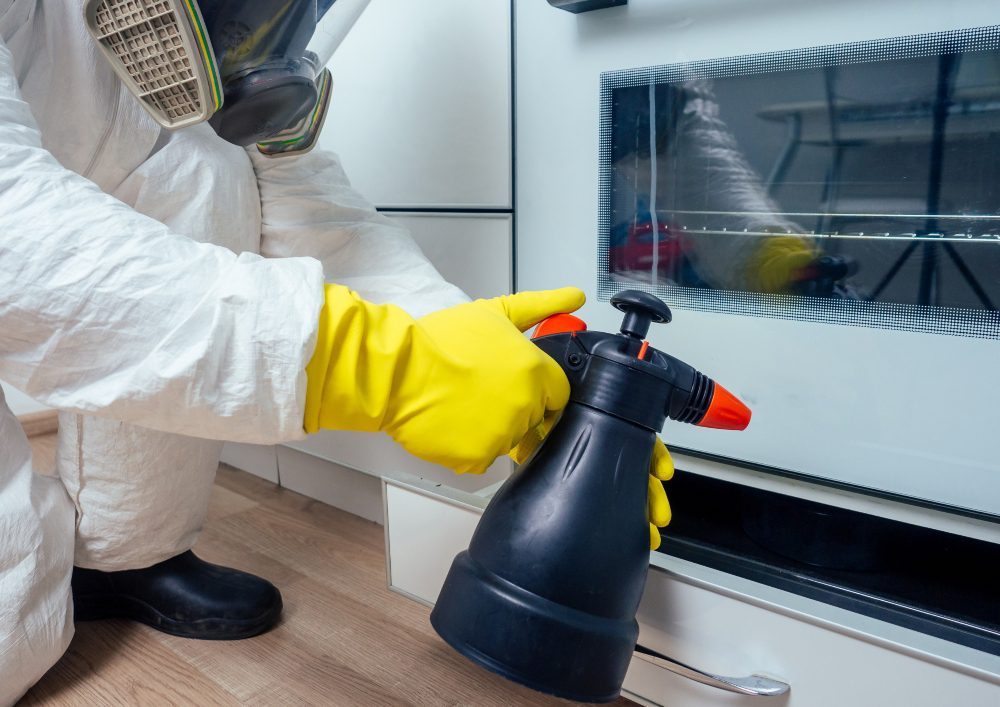
Keeping a home pest-free is more than just an item on a to-do list; it’s about creating a safe, healthy space for you and your loved ones. Pests can harm your health, damage your belongings, and even affect your property’s value.
In this guide, we’ve outlined effective methods for keeping those unwelcome guests at bay. We also included a guide on how to get rid of pests that have invaded your sanctuary.
Contents
Preventive Renovation Methods
Before pests even think about setting foot in your home, stop them. One smart way is through home renovation with pest control in mind. This section will dive into some preventive changes you can make during remodelling.
Seal and Repair Cracks
First thing first, let’s button up your home during pest control. Small cracks and gaps are like open invitations to pests. You often find these around windows, doors, and walls. Take a walk around the exterior of your home and jot down any cracks you spot. Even the little ones can be a big deal.
Now, about sealing those cracks will make pest control difficult. Silicone-based caulk is a solid choice for most tasks. It’s user-friendly and sticks around for a long time. For gaps that might change size due to weather, go for an elastomeric sealant. It’s stretchy and can handle movement. Just make sure to follow the instructions on the product you choose. Safety comes first, always.
After sealing the exterior, move inside. Cracks can also appear around baseboards and cabinets. Don’t forget to check behind appliances. These hidden areas are often overlooked. Seal them tight to keep pests like ants and roaches at bay.
Doing this as part of your renovation will save time and trouble later. You’ll create a less inviting home to pests from the get-go. So grab that sealant and get to work. Your home will be a fortress that problems won’t breach.
Install Screens and Weather-Stripping
Who doesn’t love a nice breeze through open windows? But what you don’t want are uninvited guests like flies or mosquitoes. The answer is simple: install quality screens for efficient pest control. They let the fresh air in but keep pests out.
Now, on to doors. Have you ever noticed a small gap under your front door? That’s like rolling out a welcome mat for pests. Weather stripping can solve this problem. Choose a good-quality adhesive strip that seals tightly. It’s a win-win: you’ll keep pests out and save on energy costs.
Installation is usually a DIY project. You can find both screens and weather-stripping at home improvement stores. If you’re not handy, hiring a pro is always an option. The key here is to make sure the fit is perfect. Any gap left is an open invitation to pests.
So, consider these options the next time you think of home pest control. You’re not just upgrading your home but fortifying it against tiny invaders. With these steps, you’ll enjoy peace of mind and a more comfortable living space.
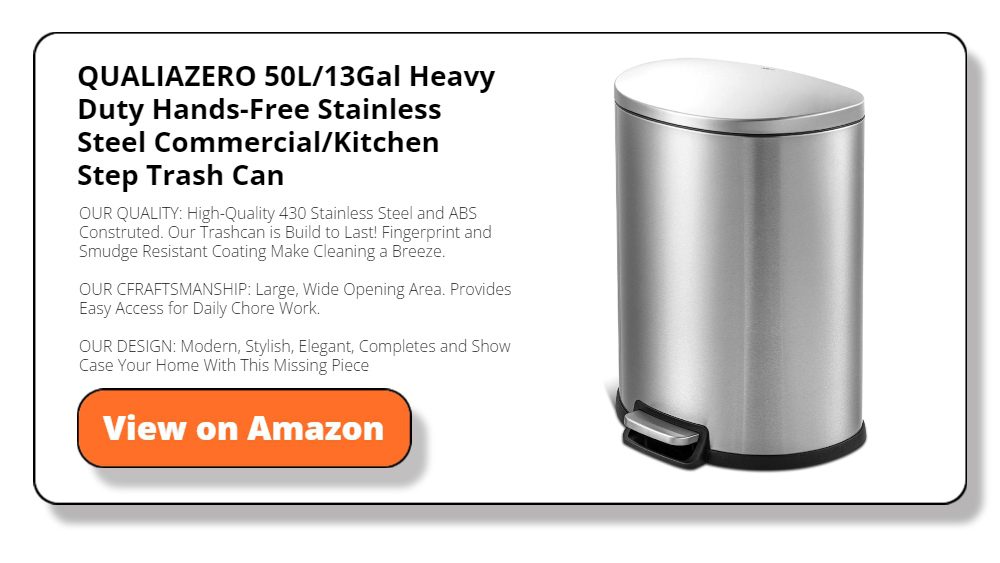
Invest in Pest-Free Trash Cans
Your trash can is like a treasure chest for pests. They love to dig through it. To stop them, invest in a trash can with a tight-fitting lid for your pest control. This simple change can make a big difference. Metal cans are often the best. They’re sturdy and less likely to get chewed through by rodents.
Clear Exhaust Vents
Exhaust vents are another overlooked spot during pest control. Pests can use them as secret tunnels into your home. So, what’s the fix? Screen those vents. A fine mesh screen can block entry for most pests. Make sure to clean these screens regularly. Debris can build up, making it easier for problems to get in.
Controlling Pests at Home
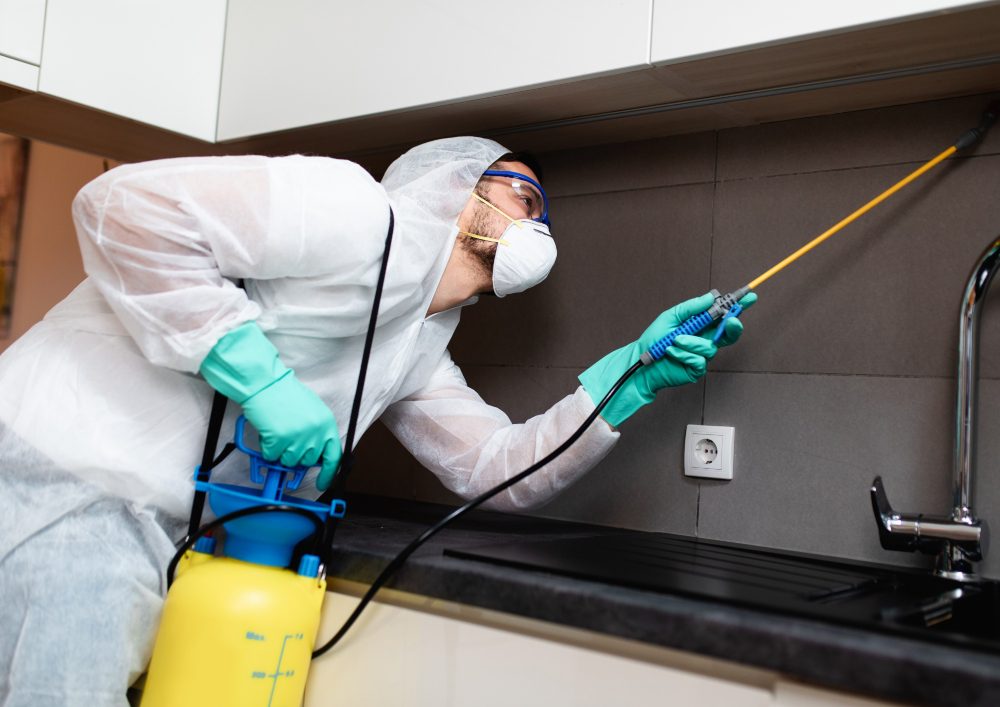
So, you’ve made your home a fortress during your pest control, but some insects still got through. Don’t worry; it happens to the best of us. This section is about taking action against those intruders that are already inside. Let’s look at some battle-tested methods to show them the exit door.
Commercial Traps
You’ve sealed the gaps and cleaned up, but some pests still snuck in. Now, it’s time to fight back. This section is all about commercial traps for pest control to deal with these unwelcome guests.
Mouse and Rat Traps
Mice and rats are classic home invaders. Snap traps work fast and are easy to use. Electric traps are another option that offers a quick, clean kill. Place these traps near walls because that’s where rodents like to run.
Cockroach Traps
Roaches are more than just a nuisance; they’re a health risk. Roach motels and glue traps are good choices for your pest control. Place these traps where you’ve seen roaches, like the kitchen or bathroom.
Ant Traps
Ants can invade your pantry and make a mess. The best traps use a sugary bait mixed with poison for pest control. Worker ants take the bait back to the colony. The goal is to kill the queen and stop the infestation.
Fruit Fly and Gnat Traps
Fruit flies and gnats swarm overripe fruit and drains. Sticky flypaper can catch a lot of them. Hang it near the source of the problem.
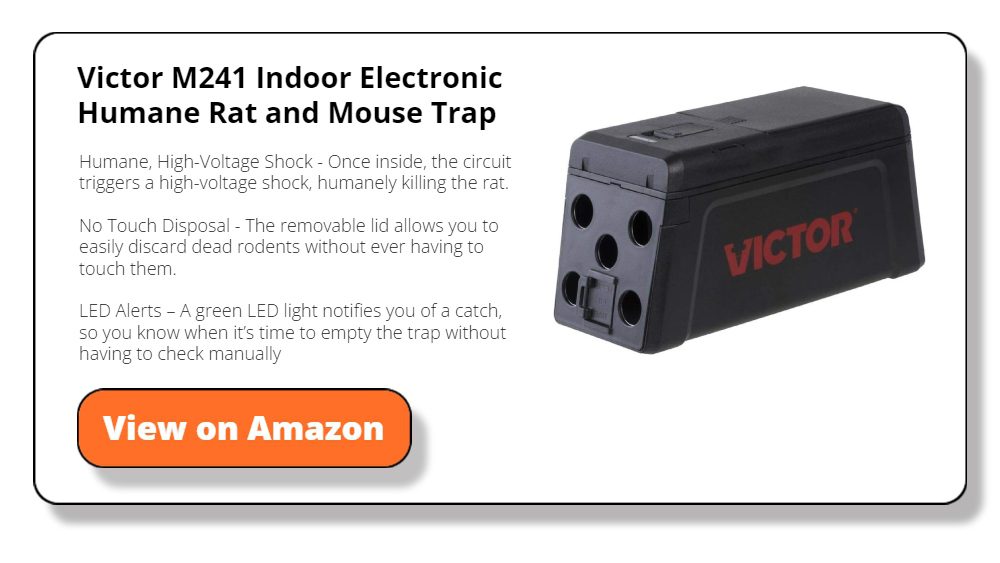
Mosquito Traps
Mosquitoes are not just annoying; they can carry diseases. Electric mosquito zappers attract them with light and then zap them. These zappers are good for indoor and outdoor use.
Spider Traps
Some people don’t like spiders, even if they’re mostly harmless. Sticky traps placed in corners can help catch these eight-legged critters.
You’re not just tackling the problem by knowing which trap to use. You’re taking back your home. So pick the right trap for your pest issue, set it up as instructed, and enjoy a more peaceful living space.
Chemical Repellents
Sometimes traps just won’t cut it, and you must bring out the big guns. That’s where chemical repellents come in. These substances can deter or kill pests, but using them safely is crucial. This part of our guide focuses on using chemical methods to manage common problems.
Rodent Repellents
For mice and rats, rodenticides are a strong option. These are poisons that can quickly reduce a rodent population. Always place these in tamper-proof bait stations. Repellents keep pets and kids safe. Always wash your hands after handling these chemicals.
Insect Sprays
Insecticides are like your personal bug SWAT team. These sprays can tackle a variety of bugs, from ants to roaches to flies. Some even have a long-lasting effect, keeping bugs at bay for weeks. Target the areas where you’ve seen the pests; that’s where you want to spray.
Mosquito Repellents
Ah, mosquitoes—the uninvited guests of every summer barbecue. Repellent sprays can keep them from ruining your outdoor fun. Some products can even be sprayed directly on your clothe for that extra layer of personalized pest control. The Repel Insect Repellent is one example that uses DEET, which protects you from mosquitos for a long time.
When using any chemical, read and follow the label like it’s the law. Suit up with gloves and a mask. Keep these chemicals stored high and out of reach, especially if you’ve got little ones or furry friends at home. Some of these repellents pack a punch and can be dangerous if mishandled.
Chemical repellents can be a powerful tool in your pest control arsenal. But remember, they are just one part of a larger strategy. Combining chemicals with other methods like traps and home repairs can yield the best results. Take the time to choose the right product for your problem, and use it safely.

Natural Repellents
You don’t always have to resort to harsh chemicals for pest control. Mother Nature has some answers, too. This part will explore natural methods that can help keep your home pest-free.
Essential Oils
Peppermint, lavender, and citrus oils can do wonders. Ants and mice hate peppermint. Lavender can repel moths and other bugs. A few drops near problem areas can make a big difference.
Diatomaceous Earth
This natural, non-toxic powder can kill many types of insects. It damages their outer layer, causing them to dry out. Sprinkle it where you’ve seen bugs like ants and roaches. It’s safe for humans and pets.
Herbs and Plants
Certain plants can act as natural repellents. Basil can deter flies and mosquitoes. Rosemary can help keep moths and other bugs away. Place these plants in pots around your home or garden for organic pest control.
Vinegar
A mix of vinegar and water can be an effective spray against ants and spiders. Spray it on surfaces where you’ve seen these insects for your organic pest control. The strong smell discourages them from coming back.
Using natural repellents is like adding another layer of defence. They can work well alongside other methods like traps and sealing gaps. But remember, natural methods might take more time to show results. So be patient and keep applying as needed. With a good mix of natural and other strategies, you’ll be on your way to a more peaceful, pest-free home.
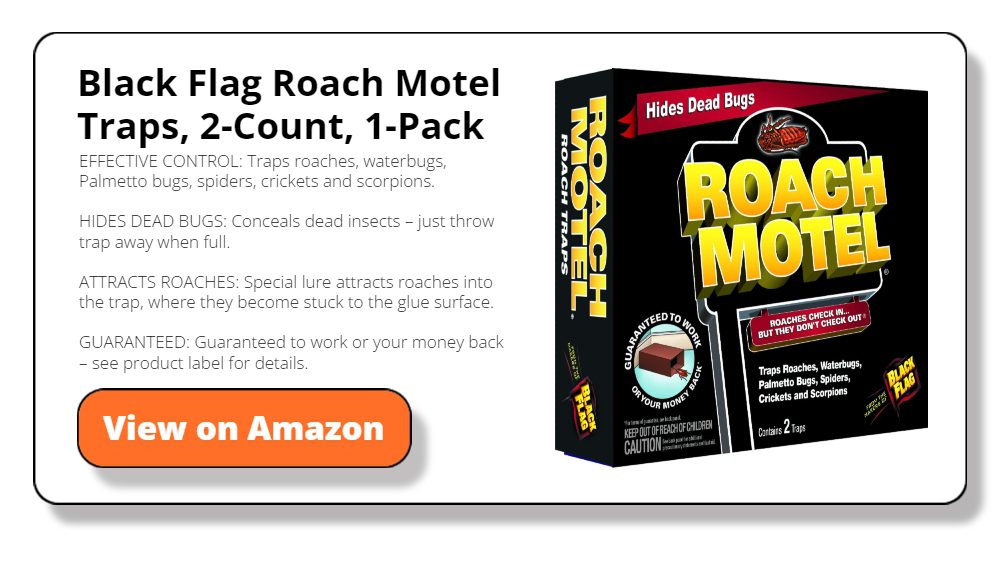
Dangers of Pests
Pests are more than a bother. They can risk your health, your pets, and your plants. Let’s dive into these dangers and see why keeping pests at bay is important.
Health
People
Pests can be walking health hazards. Cockroaches can spread bacteria like E. coli and salmonella. These bacteria can contaminate your food and lead to food poisoning. Rodents carry harmful viruses such as hantavirus and leptospirosis. Mosquitoes are notorious for diseases like Zika and West Nile virus.
Certain spiders, like the brown recluse, can cause painful bites that require medical treatment. Ants, particularly Pharaoh ants, can spread staph infections. All these can seriously threaten your health and your family’s well-being.
Pets
Your furry friends are at risk, too. Rodents can bring in ticks and fleas that can latch onto your pets. These parasites can cause diseases like Lyme disease and tapeworms. Mosquitoes can transmit heartworm, a dangerous condition for dogs. Some spiders, if they bite, can cause swelling and pain for your pets. Certain ants can also bite, causing skin irritation and distress.
Plants
Pests can damage your plants as well. Aphids, whiteflies, and spider mites can suck the life out of indoor and outdoor plants. Some pests, like cutworms, can directly harm the roots. Not only does this weaken the plant, but it also makes them more susceptible to diseases.
Understanding these risks can help you take pest control seriously. You’re not just clearing out nuisances; you’re protecting the health and well-being of everyone and everything under your roof. Take the right steps, and you can make your home a safer place to live.
Belongings
Pests don’t just stop harming you or your pets; they can wreak havoc on your belongings, too. From food to furniture, these critters can be destructive in many ways.
Furniture
When it comes to furniture, rodents, and termites are the main culprits. Rodents love to gnaw on anything they can find, including wooden chairs and sofa legs. This not only ruins the look but can weaken the furniture’s structure.
Termites are even more destructive. They eat wood from the inside out, leaving your items hollow and fragile. Over time, a termite infestation can lead to costly replacements and even safety risks if furniture collapses.
Food
Your pantry is like a buffet for pests. Rodents can chew through cardboard boxes and plastic bags to get to grains, cereals, and other dry goods. They contaminate everything they touch.
Cockroaches are another invader that can slip into your pantry and taint your food. Even the fridge isn’t safe; some pests like ants can find their way in and contaminate fresh produce. Fruit flies are notorious for laying eggs on fruits, which makes them unsafe to eat.
Appliances
Electrical appliances are also at risk. Rodents can chew through electrical wiring, causing appliances to malfunction or even create a fire hazard. Ants present another problem. Some species are attracted to electrical currents and can get inside appliances. Once there, they can cause short circuits and permanent damage. Even air conditioning units can become nests for rodents, affecting their efficiency and lifespan.
Other Belongings
Pests can target a wide range of personal items. Silverfish, for example, have an appetite for paper and fabric. They can damage books, important documents, and even wallpaper.
Moths are another issue, particularly for clothes made of natural fibres. They can create holes in your wool sweaters or silk blouses, rendering them unwearable. Carpets and rugs can also suffer, becoming feeding grounds for pests like carpet beetles.
Protecting your belongings from pests is more than just a matter of comfort or aesthetics; it’s a way to safeguard your investments. Understanding the range of damage they can do helps you take more effective steps to keep them out.
Property Value
Pests can also hurt the value of your house. A pest control problem isn’t just a temporary headache; it can have a long-term financial impact. Here’s how these little intruders can affect your property’s worth.
Structural Damage
Pests like termites and carpenter ants eat away at the wooden structure of your home. Over time, this can lead to severe, costly damage. Potential buyers will be wary of homes with past or current infestations, lowering your selling price.
Reputation
Word gets around. If your home is known to have a pest control problem, it could scare away potential buyers. Even if the pests are gone, the stigma can remain. This can make it hard to get the price you want when selling your home.
Inspection Issues
Before a sale, homes often go through an inspection. Evidence of a pest control problem can be a red flag, delaying or even derailing the sale. You may have to lower your asking price or pay for expensive treatments before the sale can go through.
Maintenance Costs
Frequent pest control treatments add up. These ongoing costs can make your home less appealing to buyers who see them as a long-term financial burden.
A pest-free home is not just a happier and healthier place to live; it’s also a better investment. By tackling pest control issues head-on, you do more than make your daily life more pleasant. You’re preserving and potentially even increasing your home’s value. Keep those pests at bay and protect your financial future.
When to Hire Professional Pest Control
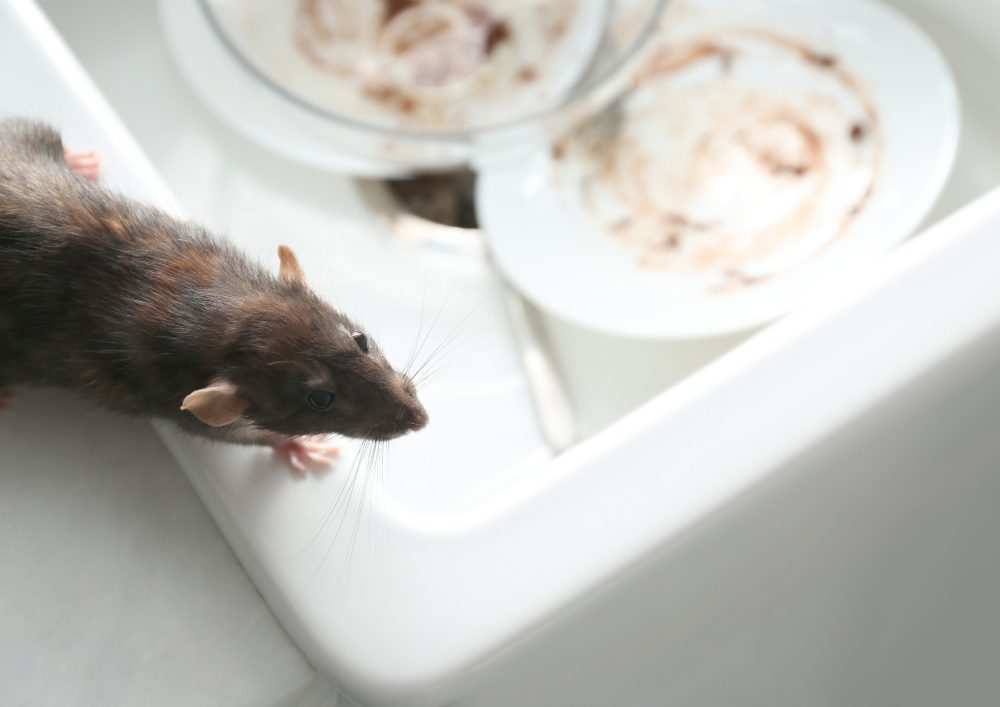
Sometimes, DIY methods aren’t enough to tackle a pest control problem. That’s when you know it’s time to call in the pros. Professional help can offer more effective and lasting solutions. Here are some signs it’s time to make that call.
Persistent Issue
We’ve all been there. You think you’ve finally sent those pests packing, only to find one scurrying across the floor the next day. It’s time to change the game plan if this feels like a recurring nightmare. A stubborn pest control problem usually means there’s a hidden source you’re missing.
Rapid Reproduction
Seeing a baby cockroach or tiny bed bugs should ring alarm bells. These pests reproduce quickly; before you know it, you’ll have a full-blown infestation. Don’t wait for them to take over your home. When you see baby pests, it’s time for professional intervention.
Potential Danger
Some pests are more than just icky; they’re hazardous. Rodents can carry diseases, and some spiders pack a venomous bite. Then there are termites, silently chomping away at the bones of your home. These aren’t the kinds of pests you should face alone. Safety first—get a professional to assess and treat the danger zones in your home.
Unidentified Pests
It’s hard to win a battle if you don’t even know your enemy. If you’re finding droppings, bites, or damage but can’t identify the culprit, you’re fighting blind. A professional can tell you exactly what you’re dealing with and how to treat it effectively. You don’t have to play guessing games; get an expert’s opinion and precisely target the problem.
Finding the Right Exterminator
When it comes to picking an exterminator, do your homework. Look for certified professionals with good reviews. Ask friends or neighbours for recommendations. Get multiple quotes to compare prices, but remember, you often get what you pay for. Don’t hesitate to ask questions about their methods, the chemicals, and any guarantees they offer.
Professional pest control isn’t just for severe infestations. It’s also about preventive care. An expert can identify potential issues before they become major problems. That way, you’re safeguarding both your home and your health.
Conclusion
In the end, a pest-free home is a happy home. You’re not just getting rid of bugs and rodents; you’re enhancing the quality of your life. From protecting your health to preserving the value of your property, effective pest control is an investment in your future.
Take the right steps today to enjoy a more peaceful, safe, and comfortable home for years.








